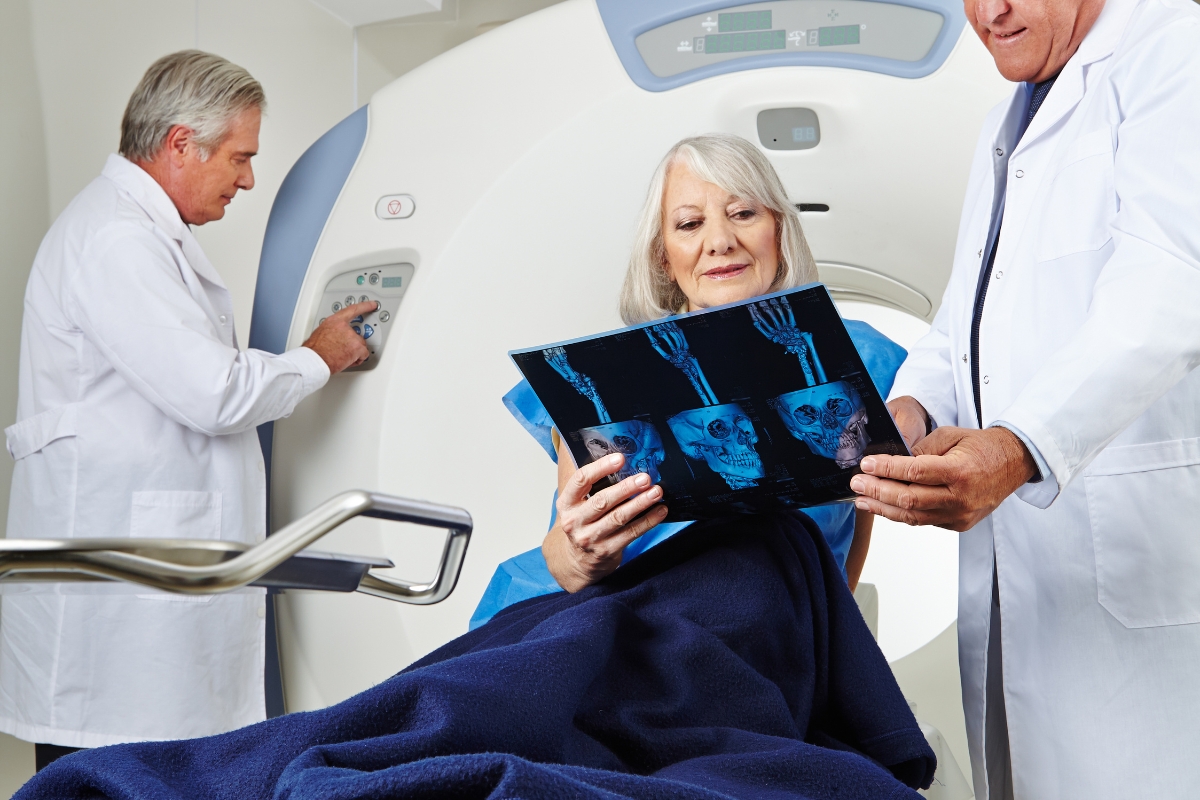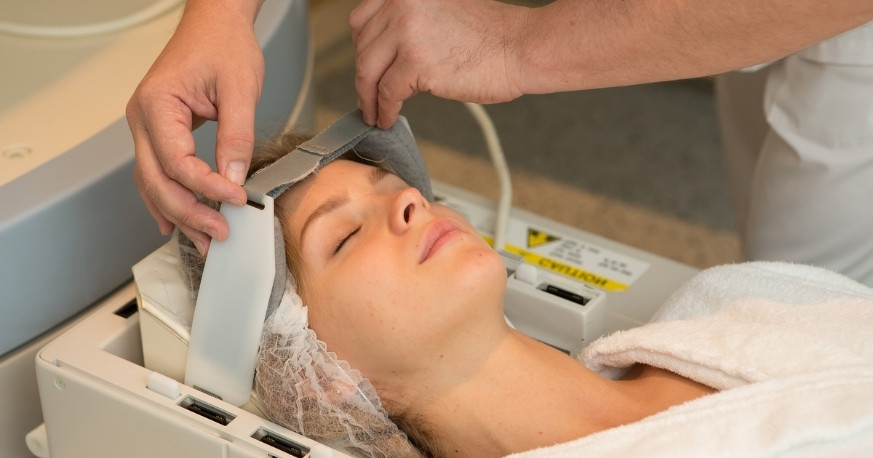10242 Greenhouse Rd #1002 Cypress, TX 77433
How TMS Therapy Stabilizes Rapid Mood Shifts Post-Concussion?

Concussions are more than just physical injuries to the brain—they can also impact your mental health. One of the most common and distressing effects of a concussion is rapid mood shifts. People who’ve gone through a concussion may find themselves feeling sad one moment, angry the next, and often, this emotional rollercoaster can interfere with daily life.
Fortunately, there is hope in the form of TMS therapy (Transcranial Magnetic Stimulation), a non-invasive treatment that has shown promising results in stabilizing mood shifts following concussions.
In this blog, we’ll explore how TMS therapy works and why it can be a game-changer for those dealing with post-concussion mood instability.
What Is TMS Therapy?
TMS therapy is a treatment that uses magnetic fields to stimulate nerve cells in the brain. It’s FDA-approved for treating depression and has recently been recognized for its potential to help people suffering from mood disorders caused by concussions. The therapy involves placing a magnetic coil near the scalp, where it sends gentle pulses to the brain. These pulses aim to help regulate brain activity, improving mood and emotional stability.
How Concussions Affect Mood
When you suffer a concussion, the brain undergoes a jolt or impact that can disrupt normal brain function. This disruption can affect various parts of the brain, including those responsible for mood regulation, such as the prefrontal cortex. The result? Rapid mood swings, irritability, anxiety, and even depression.
Post-concussion mood swings can make it difficult for individuals to return to their usual routines, affecting relationships, work, and overall well-being. Sometimes, these mood changes may not go away on their own, and they can persist for weeks, months, or even longer.
How It Works for Post-Concussion Mood Shifts
TMS therapy in Cypress can help restore balance to brain function and improve mood regulation by targeting the areas of the brain affected by the concussion. Here’s how it works:
- Targeted Brain Stimulation:
During TMS therapy, a magnetic coil is placed over specific areas of the brain. This coil sends gentle magnetic pulses that stimulate the nerve cells, encouraging them to function more normally. For post-concussion patients, this can help stabilize the brain regions responsible for emotional control.
- Regulating Overactive Areas
After a concussion, certain areas of the brain may become overactive or underactive, leading to mood swings. TMS therapy helps correct this imbalance by stimulating the brain to function more harmoniously.
- Promoting Neuroplasticity
Neuroplasticity refers to the brain’s ability to adapt and form new neural connections. TMS therapy can encourage neuroplasticity, helping the brain recover from the effects of the concussion and improve emotional regulation over time.
Research shows that up to 50% of people who experience a concussion report mood disorders, including rapid mood swings and depression, which can persist for months after the injury.
Benefits of TMS Therapy for Post-Concussion Mood Shifts
TMS therapy offers several advantages over traditional treatments for mood shifts, making it a valuable option for those dealing with the effects of a concussion:
1. Non-Invasive and Drug-Free
Unlike medications, TMS therapy is non-invasive and does not rely on pills. This is especially beneficial for people who may be sensitive to side effects from medication or who prefer a more natural approach to recovery.
2. Targeted Treatment
TMS therapy specifically targets areas of the brain that are affected by the concussion, providing more precise treatment than generalized medications or therapies. This makes it more effective for treating mood swings related to brain injuries.
3. Quick and Painless Sessions
Each TMS session typically lasts 20-30 minutes, and patients can resume normal activities immediately afterward. The treatment is generally painless, with some individuals reporting a slight tapping sensation on the scalp.
4. Long-Term Benefits
While medications can offer temporary relief, TMS therapy may provide long-lasting improvements in mood regulation. Many patients report sustained relief from mood swings even after completing their treatment.
How Long Does TMS Therapy Take?
The length of TMS therapy varies from person to person, but typically, it requires about 20-30 sessions, with treatments occurring five times a week. After completing the initial course, patients may require maintenance sessions to keep their mood stable.
While results may vary, many individuals begin to see improvements in mood regulation within just a few weeks of starting TMS therapy.
TMS Therapy as a Solution for Post-Concussion Mood Swings
Dealing with rapid mood shifts after a concussion can be incredibly challenging. The good news is that TMS therapy offers a promising and effective solution. By targeting the areas of the brain responsible for mood regulation, TMS therapy can help stabilize emotions, reduce irritability, and improve overall emotional well-being.
If you’re struggling with mood swings after a concussion, TMS therapy could be the key to reclaiming your emotional balance and returning to your normal routine. Always consult with a healthcare provider to determine if TMS therapy is right for you.
If you or someone you know is experiencing post-concussion mood swings, don’t hesitate to explore TMS therapy as a treatment option. It might be the breakthrough you’ve been waiting for!




